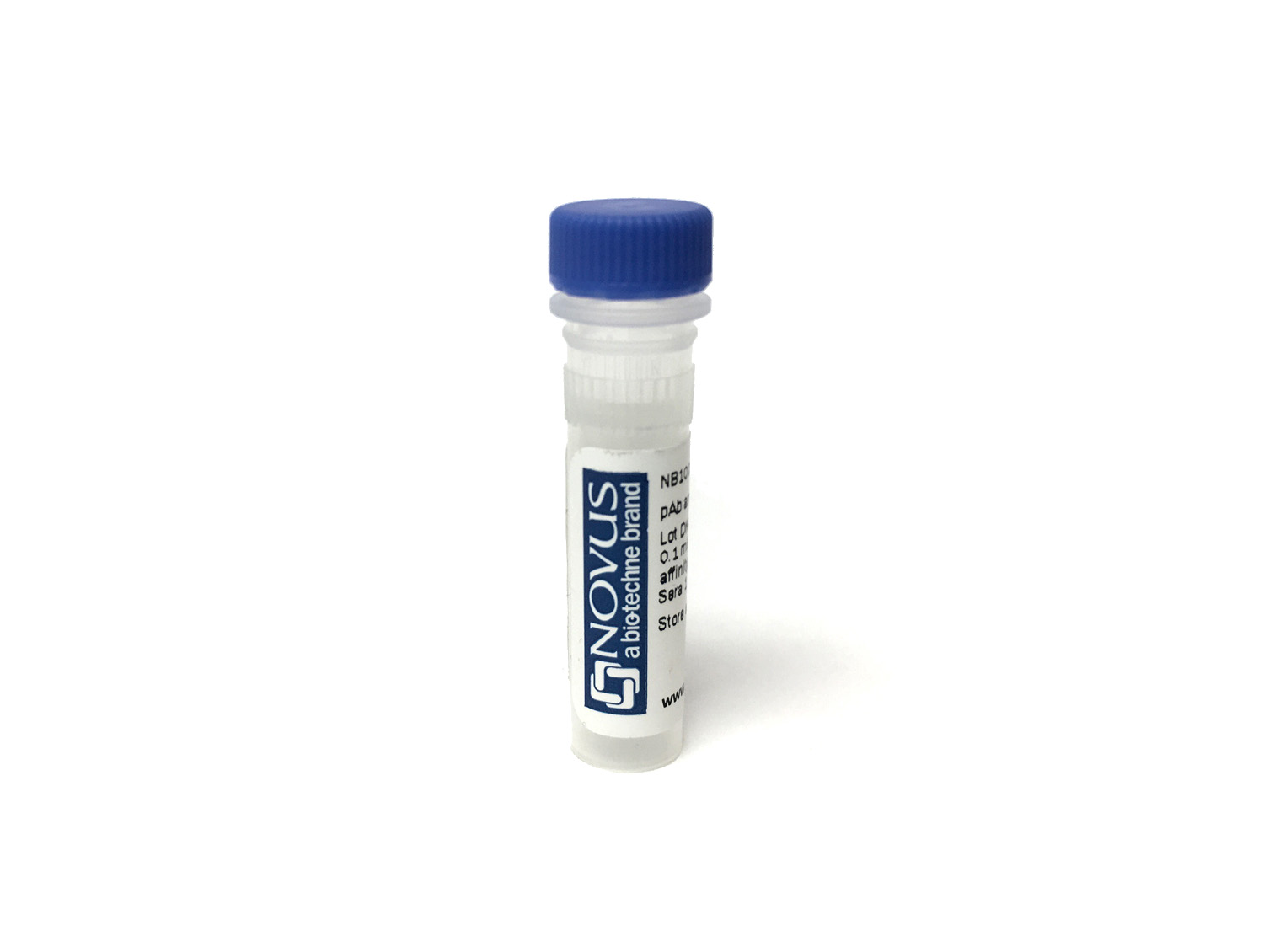Gastrin Antibody (1E2)
Novus Biologicals, part of Bio-Techne | Catalog # NBP3-48279
Recombinant Monoclonal Antibody

Key Product Details
Species Reactivity
Human
Applications
ELISA
Label
Unconjugated
Antibody Source
Recombinant Monoclonal Rabbit IgG Clone # 1E2
Concentration
LYOPH mg/ml
Product Specifications
Immunogen
Gastrin recombinant protein expressed in mammalian cells (Accession# P01350). The exact amino acid sequence is proprietary.
Clonality
Monoclonal
Host
Rabbit
Isotype
IgG
Description
This product is shipped at ambient temperature. Store at -20C to -80C for 12 months in lyophilized form. After reconstitution, if not intended for use within a month, aliquot and store at -80C (Avoid repeated freezing and thawing).
Applications for Gastrin Antibody (1E2)
Application
Recommended Usage
ELISA
1:5000-10000
Formulation, Preparation, and Storage
Purification
Antigen Affinity-purified from cell culture supernatant
Reconstitution
.
Formulation
PBS, pH 7.4, 5-8% Trehalose
Preservative
Trehalose
Concentration
LYOPH mg/ml
Shipping
The product is shipped at ambient temperature. Upon receipt, store it immediately at the temperature recommended below.
Stability & Storage
Store at -20C in powder form. Store at -80C once reconstituted.
Background: Gastrin I
Alternate Names
G17, GAST, Gastrin-17
Gene Symbol
GAST
Additional Gastrin I Products
Product Specific Notices for Gastrin Antibody (1E2)
This product is for research use only and is not approved for use in humans or in clinical diagnosis. Primary Antibodies are guaranteed for 1 year from date of receipt.
